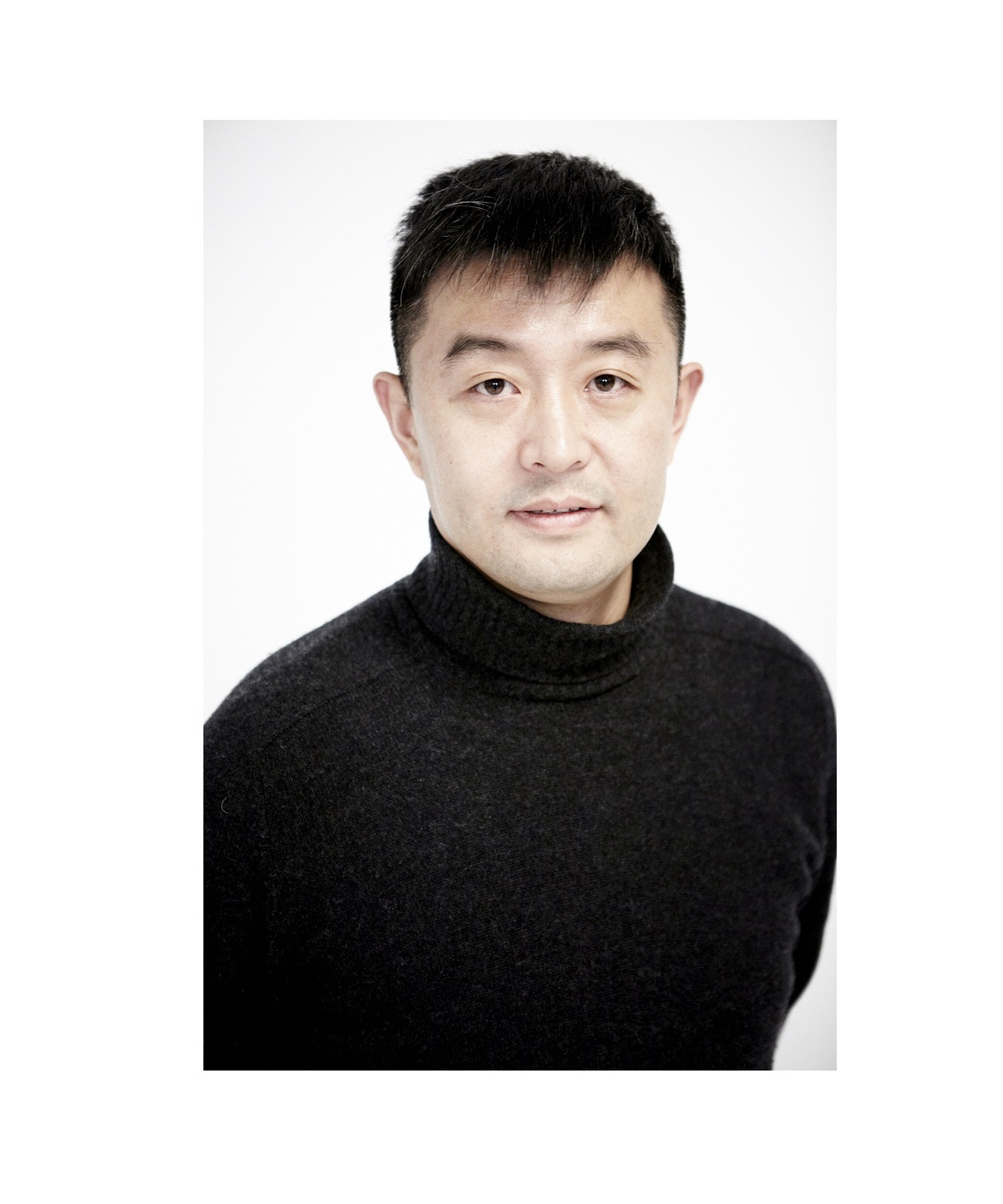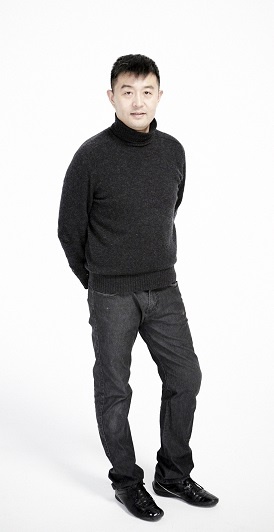Liu Bolin, The Invisible Man, known for his performance arts and photography was graceful enough to answer a few questions asked by the members of Classical Arts Universe [CAU]. We are very happy to present this interview and are hopeful that the readers would get inspiration through this:

What inspired you to become an artist during your childhood?
Liu Bolin: I learned PE in the beginning. But after a short while I shifted to art. I learned art because I really loved it and still love it.
I first learned art at the end of 1985. It has been over 20 years till now. Twenty years ago, when I was still in junior high school I joined an art group. And at that time, I had no notion that there was a CEE for art. But in senior high school we prepared systematically. At first I learned plaster model drawing, then still life, sketch, geometric drawing, head portrait, half-length portrait and color. All those belonged to the set of art CEE. At first I practiced slowy and made progress gradually. In the CEE of 1991, I was the first one of our little circle to enter undergraduate college. I was a lucky bird then.
Over the course of time, did the many movements in art influenced the way you thought of art?
Liu Bolin: Since the Chinese avant-garde art movement in the 80s, there has been a revolution in artistic forms and mediums in the Chinese art scene. Many contemporary Chinese artists began to experiment with new mediums during the time, such as video art and many other forms of conceptual art. In addition to that, many artists began to have assistants work with them. Artists developed concepts for their works while the production can be done with the help of assistants. Although politics and economy play an important role in shaping the contemporary art scene in China, and the contemporary Chinese art has been prospering, they also play an important role in reflecting people’s conflicted desire in contemporary Chinese society.
Technology brings new or easier options to contemporary artists, is it alright?
[Can it be really called art if artists use technology to manipulate their original creation and try to display it in a better way?]
Liu Bolin: To me, why do I camouflage is more important, the process of hiding myself into the background somehow takes away part of your individual identity. And how to show the process of my critical thinking in the process of hiding myself is the most important concern.
What is the best token of appreciation for an artist?
Liu Bolin: When I was working on “Hiding in the City” series, my whole body would be painted with the help of my assistant. People would look at me strangely and stop as they would pass by. They were curious about what I was doing. I enjoyed the moment when people would stop and be curious about what I was doing, some people would nod to me when they understood my work, which to me was a way for me to interact with the public.
How does the “The Invisible Man” cope with providing time to the loved ones?
Liu Bolin: People who appear in my group photographs are all my old friends. I invited them to collaborate with me. I have made these photographic works for years and I always think that working with them is very delightful and meaningful to me.

Of all the solo exhibitions done by you over the years, which one felt most difficult and satisfying?
Liu Bolin: I admire JR [French artist and photographer] and his work. I’m thrilled that I have had the opportunity to collaborate with him. JR primarily focuses on the lives of ordinary people through his works. In one of the series of photographs by JR incorporating eyes, his concept for this series is to search for things with the eyes, while my work incorporates the idea of trying to hide into the background. In this way, our concepts are in opposition to each other. What I wanted to express is that there would always be something that people couldn’t find out, although they put tremendous effort into it. I think the work is a great collaboration both conceptually and artistically between the distinctive ideas from both JR and I.
What needs to change in the current educational system to help students influence by visual arts?
Liu Bolin: Today Chinese art education is divided into three types: The first type is industrial arts; the second one is pure art like painting and sculpture; the third type is normal art which is to educate art teachers. They are choices to children. And what counts is that whether they are interested in art, sentimental to life and eager to be an artist. It is necessary to let people understand contemporary Chinese artworks, to know in what ways the artists create works and their motives. This may help them to cultivate a connoisseurship on Contemporary Art.
As an artist, what do you think of “transcendence through art”?
Liu Bolin: Although I’m not a philosopher, I could feel a kind of thing, which everyone could feel while appreciating my works. What is it? As a living person, one must reflect on the relationship between himself and the environment that he lives in, whether he dominates or he is dominated. Whether he decides or he is decided. In fact, I regard people as a unit, especially in present China, in a state of being dominated and decided, and nobody concerns about their own existence.
Do you believe that all civilizations are nothing but manifestations of creativity?
Liu Bolin: This question is too general for me to answer. But China will gradually become the focus of the world. Chinese art, as a part will draw more attention. It means that there are many opportunities to individuals.
Finally, can you please give a message to all the art aspirants of the world?
Liu Bolin:
“Question issues and ultimately scrutinize them in our society.”
.
.
We appreciate the cooperation of Mr. Liu Bolin and the members of Klein Sun Gallery. The interview would not have been possible without such friendly support. We [ at Classical Arts Universe] are really honoured to have gone through the process as it was a great experience.